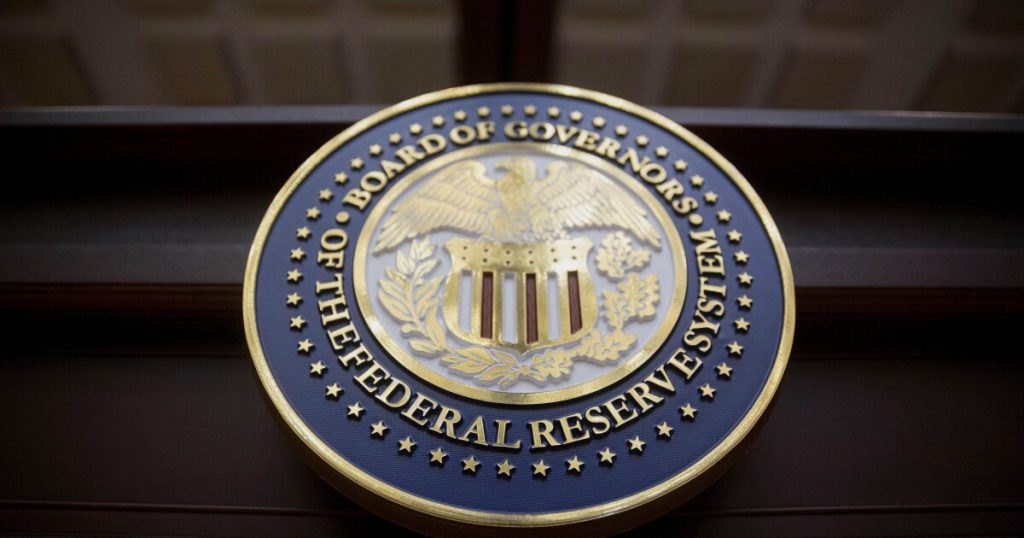The Federal Reserve Board of Governors has proposed a rule to average its annual stress test results for the largest U.S. banks over two years to calculate their stress capital buffer, a move that the central bank said would make banks’ capital requirements more consistent year-to-year.
The Fed had said
Stress testing is among the most consequential regulatory innovations to emerge from the 2008 Global Financial Crisis, and involves bank balance sheets being run through hypothetical but extreme economic conditions — including a 10% spike in unemployment and drastic devaluations of assets and defaults on loans — to see how the bank performs over the next nine consecutive quarters.
Banks are required to hold a certain minimum capital ratio even under those extreme hypothetical conditions. Those post-stress minimums had been the same for all banks, but since 2020 the Fed has used the stress test results themselves to determine each individual banks’ post-stress minimum for the following year, known as the stress capital buffer.
The proposal — which was approved late Thursday by a vote of 6-1 — would use the average of an individual bank’s prior two years of stress test results to determine their stress capital buffer. The change would apply to banks in Categories I, II and III — encompassing all banks with more than $250 billion of assets or more than $75 billion in short-term wholesale funding, nonbank assets or on-balance sheet exposures to their banking subsidiaries.
Category IV banks — those with at least $100 billion of assets — are already subject to stress testing every two years and will not have their results averaged under the proposal, but may opt in to off-cycle stress tests. If a Category IV bank opts into an off-cycle test, its results will be averaged for the purposes of calculating the bank’s stress capital buffer.
The proposal would also move the effective date of the revised stress capital buffer from October 1 to January 1 in order to give banks “additional time to adjust to their new capital requirements.”
Fed Gov. Michael Barr — who had served as the central bank’s vice chair for supervision until this February — was the lone dissenting vote against the proposal. In a statement accompanying the proposal’s release, he said the changes outlined in the proposal — as well as future changes to stress testing being considered by the board — “risk turning stress testing into an ossified exercise that will provide false comfort in the resilience of the system.”
Barr said that subjecting stress test scenarios to notice-and-comment rulemaking and publishing the stress test models fully will give banks the ability to optimize their balance sheets to meet the scenarios and pass the test rather than to be resilient against a wide range of possible sources of stress. Barr said he was sympathetic to the need to change the testing regime given legal imperatives, but said he would rather make stress testing non-binding and raise minimum capital requirements while using its supervisory discretion to address idiosyncratic risks at individual banks.
“It is critical to maintain the dynamism and rigor of the stress test so that supervisors, banks, and the public understand the underlying vulnerabilities in the banking system and at individual banks,” Barr said. “I have deep concerns that the set of changes begun today will result in a stress test that can no longer effectively assess the resilience of the largest banks. The path the Board has begun today is regrettable, and I cannot join it.”
Fed Gov. Adriana Kugler — whose term expires in January 2026 — joined the majority in voting in favor of the proposal, but said the decision to average two years of stress test results would mean that outdated information about a bank’s balance sheet would inform the same bank’s current capital requirements.
“I am concerned … about the equal weighting of two years of firm financial data, which results in an average of 18 months elapsing between the financial statements used for stress capital buffer requirement calculations and the effective date of those requirements,” Kugler said. “The drawback of these proposed changes is that the stress capital buffer will be relatively less sensitive to current economic conditions and firm risk profiles.”

